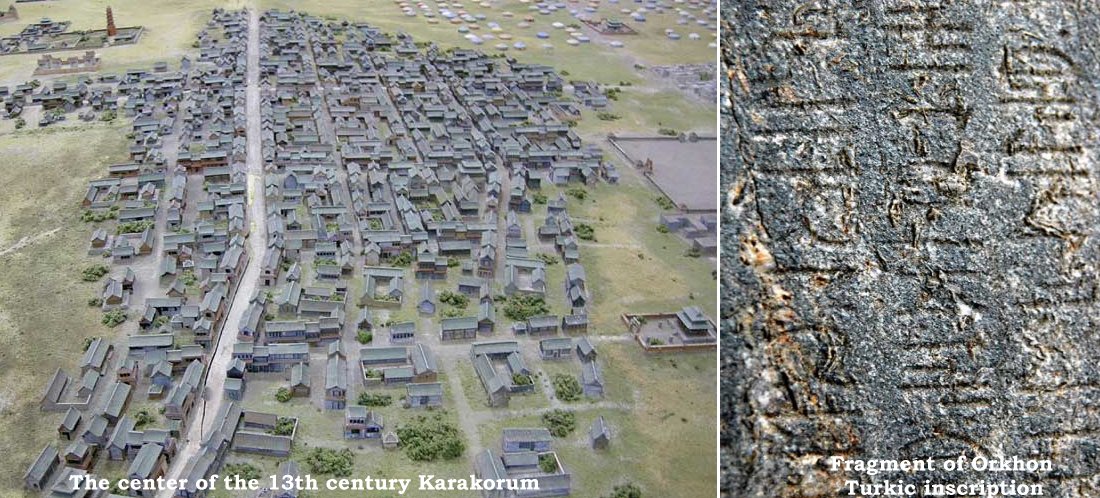Karakorum – Genghis Khan’s Headquarters And Important City In History Of Silk Road
A. Sutherland - AncientPages.com - Karakorum was first settled about 750. In 1220, Genghis Khan, the great Mongol conqueror, founded his headquarters there and used it as a base for his invasion of China.
Despite its small size and remote location, it was one of the most important cities in the history of the Silk Road because it was strategically located on the most important east-west route across Mongolia.
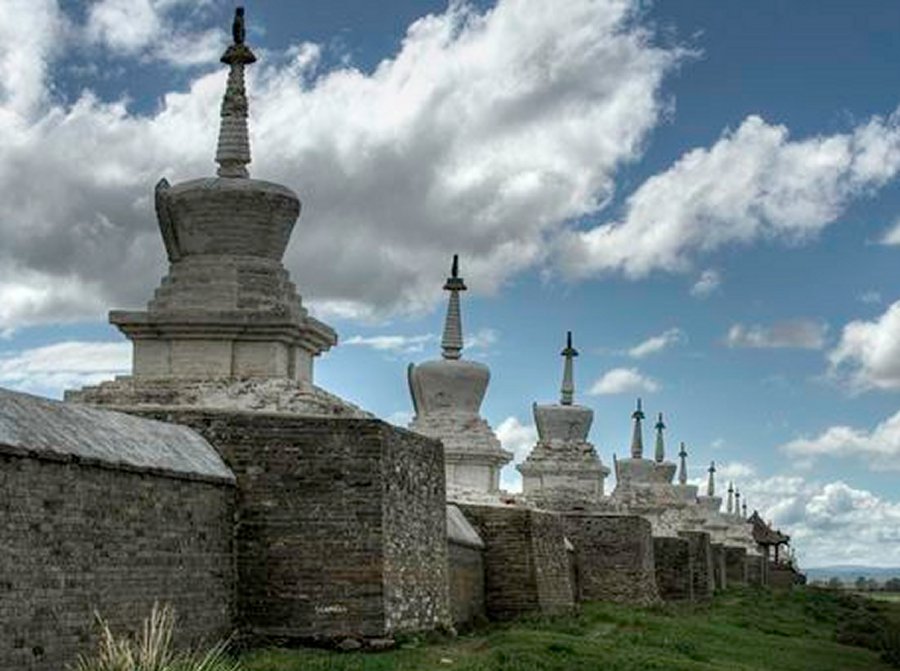
The Buddhist Tibetan monastery that dates back to 1585, was built from the ruins of Genghis Khan's capital and Erdene Zuu is the oldest surviving monastery in Mongolia. Today, the monastery serves only as a museum.
Genghis Khan made it a capital because of its’ strategic location on ancient trade routes. Karakorum is located 360 kilometers southwest of Ulan Bator, on Mongolia's main east-west route.
Today, there are only ruins of this ancient city that once was the important center of extensive and growing empire.
The city has been destroyed several times since Genghis Khan's day. But in Mongolia, Karakorum remains a powerful symbol of past glory.
In 1235 Genghis Khan’s third son and successor, Ögödei, expanded Karakorum and built defensive walls around it along with a rectangular palace supported by 64 wooden columns standing on granite bases.
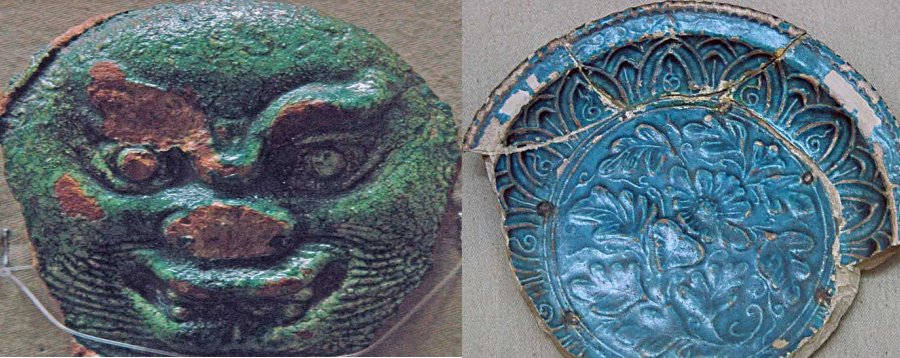
Karakorum was not important strategically but with the Orkhon River valley was considered a sacred homeland by steppe peoples. The famous Orkhon Turkic inscriptions, some of the earliest texts in early Turkish, mark the burial sites. Credits: University of Washington
Many brick buildings, 12 shamanistic shrines, and two mosques were once part of the city, which also was an early center for sculpture, especially noteworthy for its great stone tortoises.
The city flourished only for some three decades before the next chapter began in Karakoum’s history.
Kublai Khan, the grandson of Genghis Khan, who conquered China, and became the first emperor of the country's Yuan Dynasty, moved the capital to modern day Beijing in 1264. Karakorum served as a center for Kublai’s rival, his younger brother till 1271.
In the Battle of Puir Nor in 1388, Chinese forces under the leadership of the emperor Hung-wu invaded Mongolia and won a decisive victory. They captured 70,000 Mongols and destroyed the ancient city of Karakorum, which was later rebuilt but only partially .
Finally, it was abandoned.
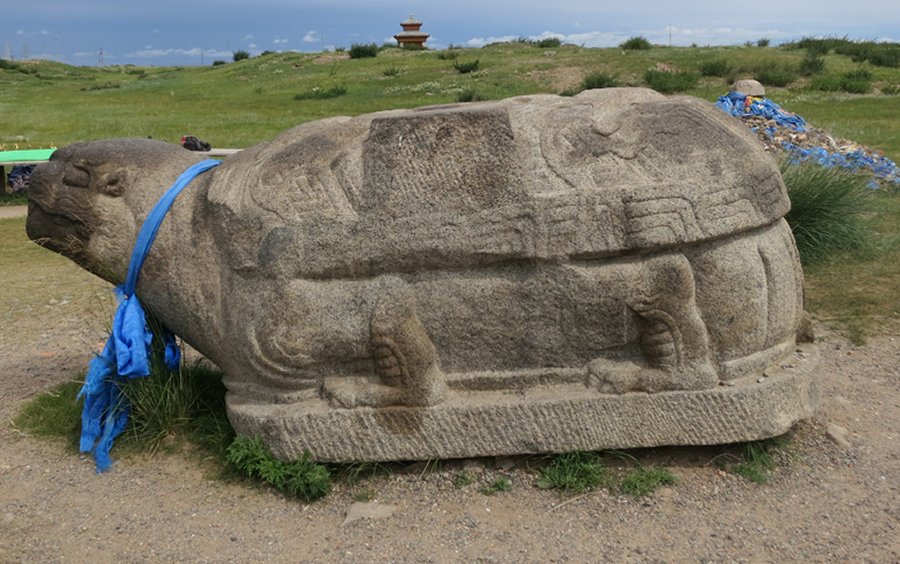
About the only intact remnant of Karakorum is this stone turtle, one of four that marked the city's corners.
Two Russian researchers determined the exact location of Karakorum in 1889 and the ruins were further explored in 1948-1949. The remains of Ögödei’s palace and the remains of a late 12th- or early 13th-century Buddhist shrine were found in the southwestern part of the city.
The Buddhist Tibetan monastery that dates back to 1585, was built from the ruins of Genghis Khan's capital and Erdene Zuu is the oldest surviving monastery in Mongolia.
Today, the monastery serves only as a museum.
See also:
Mysterious Standing Deer Stones Of Mongolia – Their Purpose And Creators Remain Unknown
Ruins Of 2,300-Year-Old City Of Jiaohe On The Silk Road
Sir Marc Aurel Stein: Famous Fascinating Expeditions To Ancient Places Of The Silk Road
Both written and archaeological evidence about Karakorum tell us a great deal about the commercial and cultural interactions across Eurasia, in which the Mongols played an important role.
Karakorum was not only important strategically but with the Orkhon River valley was considered a sacred homeland by steppe peoples. The famous Orkhon Turkic inscriptions, some of the earliest texts in early Turkish, mark the burial sites.
Tamim Ibn Bahr, an Arab ambassador in 821 who visited the city, wrote:
"From a distance of five farsakhs before he arrived in the town of the khaqan he caught sight of a tent belonging to the king, made of gold. It stands on the flat top of his castle and can hold 100 men..."
Outside the royal compound was a sprawling settled area occupying as much as 7 x 2.5 km, partly enclosed with lower walls and containing numerous houses. Tamim Ibn Bahr noted:
"…this is a great town, rich in agriculture and surrounded by rustaqs full of cultivation and villages lying close together. The town has twelve iron gates of huge size. The town is populous and thickly crowded and has markets and various trades. Among its population, the Zindiq religion prevails."
Archaeological finds have confirmed that Karakorum had a flourishing local agriculture, several millstones, pestles and irrigation canals; some burials contain grains of millet.
Written by – A. Sutherland AncientPages.com Staff Writer
Copyright © AncientPages.com All rights reserved. This material may not be published, broadcast, rewritten or redistributed in whole or part without the express written permission of AncientPages.com
Expand for referencesMore From Ancient Pages
-
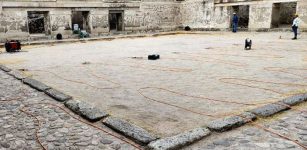 Has The Mysterious Ancient Underground Labyrinth Of Mitla Finally Been Found?
Archaeology | Aug 14, 2023
Has The Mysterious Ancient Underground Labyrinth Of Mitla Finally Been Found?
Archaeology | Aug 14, 2023 -
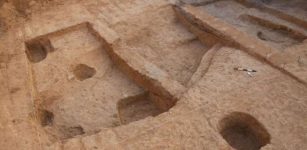 6,500-Year-Old Copper Workshop Unearthed In Negev Desert
Archaeology | Oct 6, 2020
6,500-Year-Old Copper Workshop Unearthed In Negev Desert
Archaeology | Oct 6, 2020 -
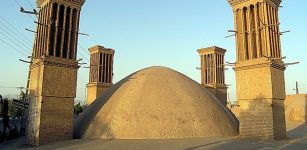 Remarkable Ancient Windcatchers: Air Conditioning Systems Built Since Antiquity
Ancient Technology | Sep 3, 2016
Remarkable Ancient Windcatchers: Air Conditioning Systems Built Since Antiquity
Ancient Technology | Sep 3, 2016 -
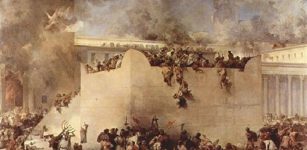 Babylonian Conquest Of Jerusalem As Told In The Bible – Evidence Found In Mount Zion
Archaeology | Aug 16, 2019
Babylonian Conquest Of Jerusalem As Told In The Bible – Evidence Found In Mount Zion
Archaeology | Aug 16, 2019 -
 New Study Questions Claims Homo Naledi Was Advanced
Evolution | Nov 13, 2023
New Study Questions Claims Homo Naledi Was Advanced
Evolution | Nov 13, 2023 -
 Ilopango Volcanic Eruption In Maya World 1590 Years Ago – New Study
Archaeology | Oct 2, 2020
Ilopango Volcanic Eruption In Maya World 1590 Years Ago – New Study
Archaeology | Oct 2, 2020 -
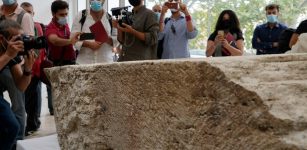 Rare Stone Showing Ancient Rome’s City Limits – Accidentally Found
Archaeology | Jul 18, 2021
Rare Stone Showing Ancient Rome’s City Limits – Accidentally Found
Archaeology | Jul 18, 2021 -
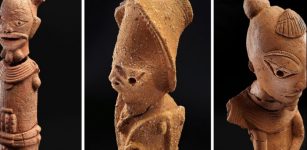 Honey-Collecting In Prehistoric West Africa From 3500 Years Ago – Pottery Examined
Archaeology | Apr 14, 2021
Honey-Collecting In Prehistoric West Africa From 3500 Years Ago – Pottery Examined
Archaeology | Apr 14, 2021 -
 Prehistoric Humans Adapted To Intense Climate Change – New Study
Archaeology | Apr 22, 2022
Prehistoric Humans Adapted To Intense Climate Change – New Study
Archaeology | Apr 22, 2022 -
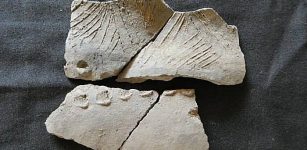 6,500-Year-Old Pottery Belongs To Unknown Ancient Culture That Lived In Ecuador
Archaeology | Aug 7, 2019
6,500-Year-Old Pottery Belongs To Unknown Ancient Culture That Lived In Ecuador
Archaeology | Aug 7, 2019 -
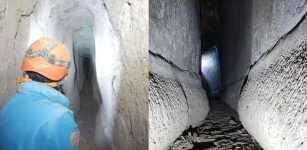 Giant Ancient Roman Underground Structure Discovered Near Naples, Italy – Aqua Augusta Investigated
Archaeology | Feb 6, 2023
Giant Ancient Roman Underground Structure Discovered Near Naples, Italy – Aqua Augusta Investigated
Archaeology | Feb 6, 2023 -
 Caribbean Silk Cotton Tree And Its Dangerous Spirits In Myths And Legends
Featured Stories | Jan 29, 2024
Caribbean Silk Cotton Tree And Its Dangerous Spirits In Myths And Legends
Featured Stories | Jan 29, 2024 -
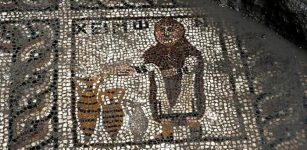 Ancient Mosaics Dated To The First Century Discovered In Southern Turkey
Archaeology | Jan 14, 2019
Ancient Mosaics Dated To The First Century Discovered In Southern Turkey
Archaeology | Jan 14, 2019 -
 Story Behind The Two Keys On Vatican’s Flag
Ancient History Facts | Feb 28, 2018
Story Behind The Two Keys On Vatican’s Flag
Ancient History Facts | Feb 28, 2018 -
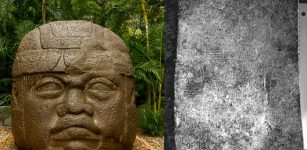 Mystery Of The Controversial Cascajal Block – Oldest Writing In The Americas
Artifacts | Oct 12, 2017
Mystery Of The Controversial Cascajal Block – Oldest Writing In The Americas
Artifacts | Oct 12, 2017 -
 Mythical Kingdom Of Prester John – Did It Exist?
Featured Stories | Mar 21, 2016
Mythical Kingdom Of Prester John – Did It Exist?
Featured Stories | Mar 21, 2016 -
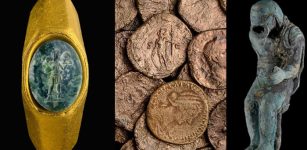 Magnificent Underwater Treasure Recovered From Two Ancient Shipwrecks Off The Coast Of Caesarea
Archaeology | Dec 28, 2021
Magnificent Underwater Treasure Recovered From Two Ancient Shipwrecks Off The Coast Of Caesarea
Archaeology | Dec 28, 2021 -
 Strange Encounter With A Dead Medieval Army In Normandy – Or Were They Visitors From A Parallel World?
Featured Stories | Nov 5, 2017
Strange Encounter With A Dead Medieval Army In Normandy – Or Were They Visitors From A Parallel World?
Featured Stories | Nov 5, 2017 -
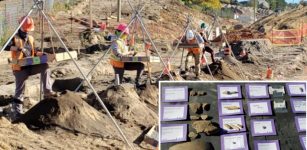 35,000 Unique Artifacts Discovered In 720-Year-Old Iroquoian Village In Canada
Archaeology | Oct 24, 2020
35,000 Unique Artifacts Discovered In 720-Year-Old Iroquoian Village In Canada
Archaeology | Oct 24, 2020 -
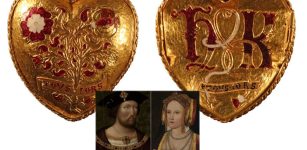 Beautiful Tudor Gold Pendant Linked To Henry VIII And Katherine Of Aragon Discovered By A Metal-Detectorist
Archaeology | Feb 1, 2023
Beautiful Tudor Gold Pendant Linked To Henry VIII And Katherine Of Aragon Discovered By A Metal-Detectorist
Archaeology | Feb 1, 2023

